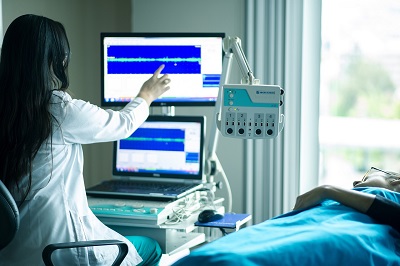The process for FDA certification (approval or clearance) of medical devices in the United States involves several key steps, depending on the device classification and regulatory pathway (510(k), De Novo, PMA, etc.). Here’s a general overview of the typical steps involved in the FDA certification process for medical devices:
1. Determine Device Classification
- Identify Device Type: Determine the correct classification of your medical device (Class I, II, or III) based on its intended use, risk level, and the regulatory controls applicable to each class.
2. Select Regulatory Pathway
- Choose Regulatory Path: Select the appropriate regulatory pathway based on device classification:
- Class I: Generally exempt from premarket notification (510(k)), unless subject to special controls or other requirements.
- Class II: Requires submission of a 510(k) premarket notification demonstrating substantial equivalence to a legally marketed predicate device.
- Class III: Requires submission of a Premarket Approval (PMA) application, demonstrating the device’s safety and effectiveness through comprehensive scientific evidence.
3. Prepare and Submit Application
- Compile Technical Documentation: Prepare comprehensive technical documentation, including device specifications, design controls, testing data, clinical data (if applicable), and manufacturing information.
- Submit Application: Submit the 510(k) premarket notification, PMA application, or De Novo classification request through the FDA’s electronic submission gateway (FDA ESG) or another authorized submission method.
4. FDA Review Process
- Acceptance Review: FDA conducts an acceptance review to determine if the application is complete and meets minimum requirements for review.
- Substantive Review: FDA performs a substantive review of the application, evaluating the scientific data, testing results, clinical studies, and compliance with regulatory requirements.
- Communications and Feedback: FDA may request additional information (Additional Information (AI), Additional Information Request (AIR), or Not Substantially Equivalent (NSE)) during the review process.
5. Regulatory Decision
- Approval or Clearance: FDA makes a regulatory decision based on the review findings:
- 510(k) Clearance: FDA determines substantial equivalence to a predicate device and issues a clearance letter, allowing market entry.
- PMA Approval: FDA approves the PMA application based on safety and effectiveness demonstrated through clinical and scientific data.
- De Novo Classification: FDA grants a marketing authorization for novel devices that do not have a predicate through the De Novo pathway.
6. Post-Approval Requirements
- Post-Market Surveillance: Implement a post-market surveillance plan to monitor device performance, safety, and effectiveness in real-world use.
- Compliance with QSR: Maintain compliance with FDA’s Quality System Regulation (QSR) (21 CFR Part 820) for manufacturing practices and quality management.
7. Post-Market Activities
- Labeling and Marketing: Ensure device labeling remains accurate and compliant with FDA requirements.
- Changes and Modifications: Evaluate and report changes to the device that could affect its safety or effectiveness.
- Recalls and Corrections: Implement recalls or field corrective actions if device defects or safety issues are identified.
Additional Considerations:
- FDA Guidance: Consult FDA guidance documents specific to your device type and regulatory pathway for detailed instructions and expectations.
- Regulatory Consultants: Consider engaging regulatory consultants or professionals experienced in FDA submissions to optimize your application strategy.

Contact Us:
Whatsapp or Wechat:+86 15816864648;email address:hito.lin@grzan.cn
.png)
.jpg)

.png)

.png)